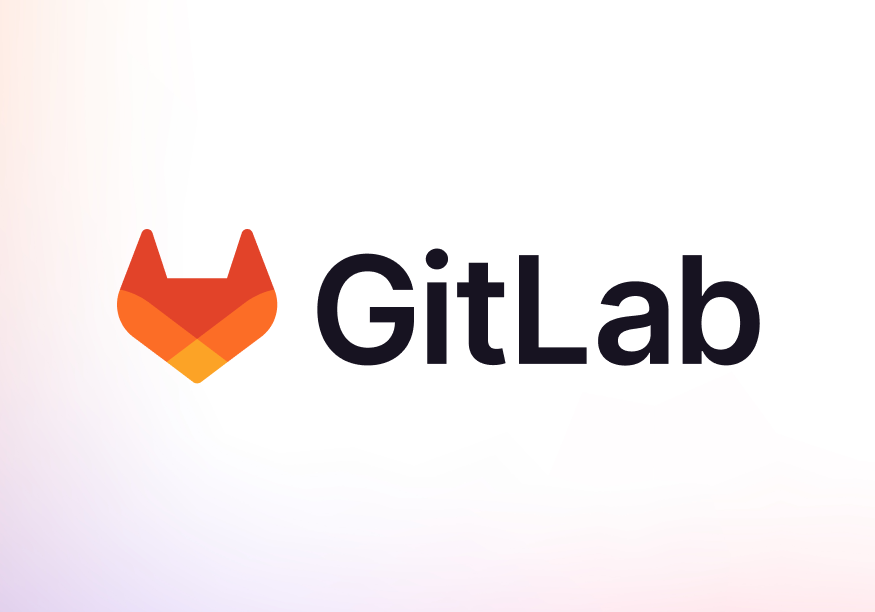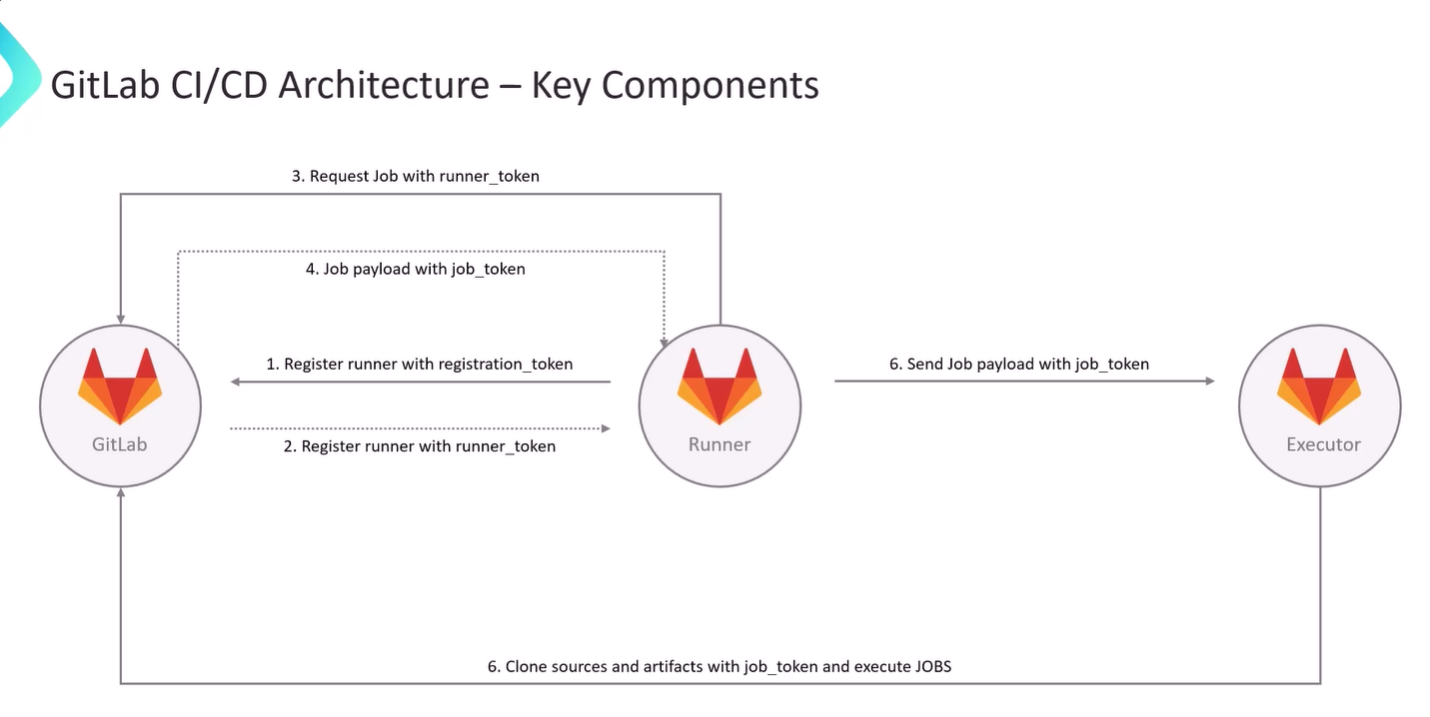Mastering GitLab CI/CD: How Runners, Executors, and the GitLab Server Work Together
 Aniket Purohit
Aniket Purohit
GitLab is a powerhouse for DevOps, simplifying the software development lifecycle with features like version control, issue tracking, and CI/CD pipelines. Let’s break down how GitLab’s core components—the server, runner, and executor—work together to automate and streamline your development process.
What is the GitLab Server?
The GitLab server is your command center for managing software projects. It offers two versions:
GitLab SaaS: A cloud-based service that’s easy to use with minimal setup.
GitLab Self-managed: Gives you more control but requires you to handle infrastructure and updates.
Both versions offer similar capabilities but suit different needs.
The Role of Runners and Executors
Let’s see how runners and executors fit into the GitLab CI/CD process.
1. Registering the Runner
Before anything else, a GitLab runner must be set up. Here’s how it works:
Registration: The runner sends a request to the GitLab server, including a unique registration token.
Runner Token: If successful, the server replies with a runner token, used for future communication.
2. Requesting Jobs
After registration, the runner is ready to take on jobs from the server.
Job Requests: The runner asks the GitLab server for jobs, using its runner token.
Job Payload: The server provides a job payload, including a job token, which the runner uses to authenticate job actions.
3. Executing the Job
The job payload goes to the executor, which is in charge of running the job.
Execution: The executor uses the job token to access resources and artifacts from the server.
Isolation: Each job runs in its own environment to avoid conflicts with other jobs.
4. Completing the Job
After executing the job, the executor returns the results.
- Job Completion: The executor sends the job output and status back to the runner, which updates the GitLab server with the results.

Bringing It All Together
The GitLab server, runner, and executor work in harmony to automate your CI/CD process, making it efficient and effective. Understanding these components allows you to harness the full power of GitLab, transforming how you build and deploy software.
By mastering GitLab's components, you can streamline your development process and focus on what matters most: creating great software. So, are you ready to take your DevOps game to the next level with GitLab?
Subscribe to my newsletter
Read articles from Aniket Purohit directly inside your inbox. Subscribe to the newsletter, and don't miss out.
Written by

Aniket Purohit
Aniket Purohit
I am Devops Engineer working Freelancer and learning skill to master Devops